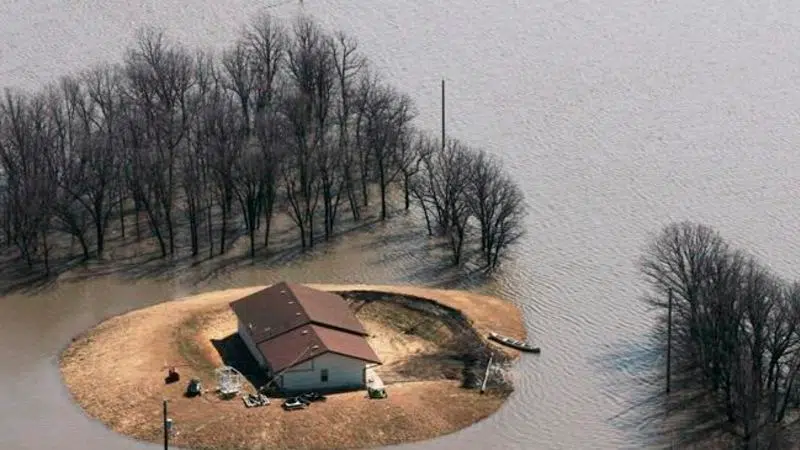
Flood threat rising in Manitoba’s Red River Valley as spring melt looms
WINNIPEG — Heavy snowfall in the United States has raised the threat of flooding in Manitoba’s Red River Valley this spring.
The Manitoba government says conditions have worsened since its first flood outlook last month.
The province says, with average weather over the next few weeks, that the Red River Valley could see flooding higher than in 2009, when several communities had to close some or all of their road access to the outside world.


